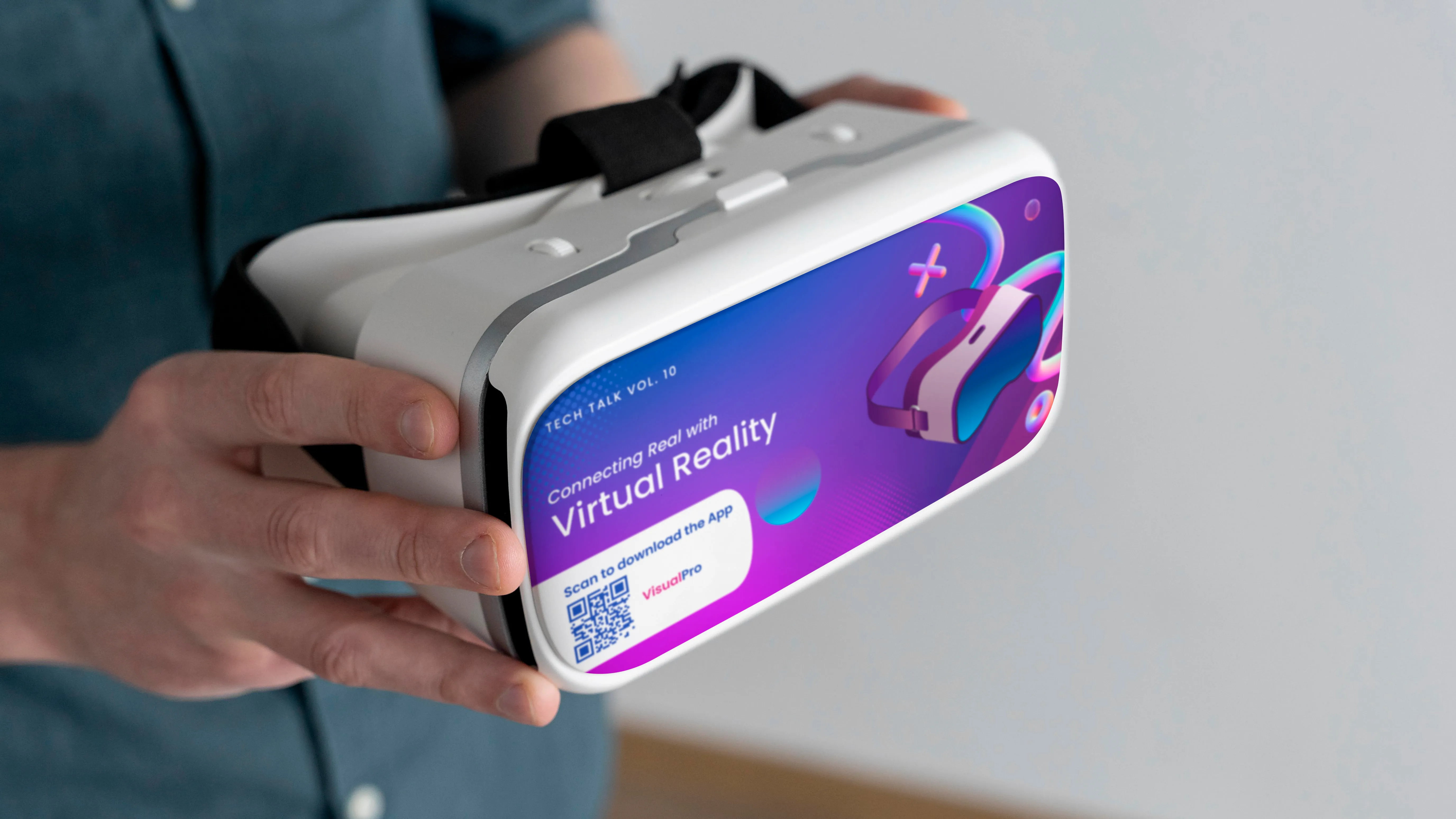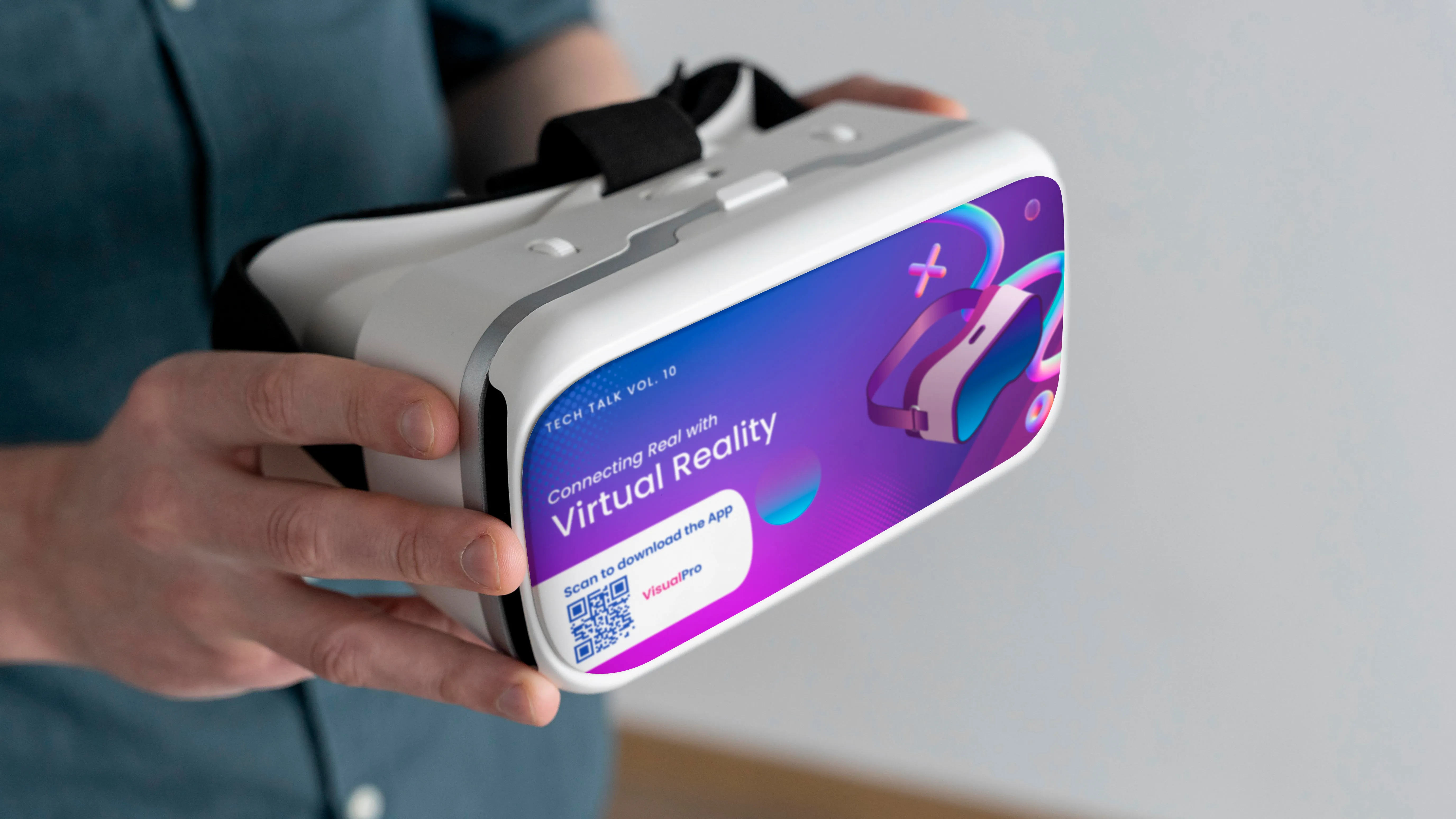

Table of Contents
1.
Benefits of Using QR Codes in VR
2.
Applications of QR Codes in VR
3.
Future Prospects and Challenges
4.
How to create your own Teachers QR codes?
5.
Conclusion
Introduction to QR Codes and VR
In recent years, both QR codes and virtual reality (VR) have gained substantial traction in various industries. QR codes, those familiar black-and-white squares, are a type of matrix barcode that stores information readable by machines, typically through a smartphone camera. They provide quick access to URLs, contact information, and other data, making them incredibly useful for bridging the physical and digital worlds.
Virtual reality, on the other hand, immerses users in a computer-generated environment that can simulate real-world or fantastical settings. VR is widely used in gaming, training, education, and virtual tours, offering an interactive and engaging user experience. Combining QR codes with VR opens up new possibilities for enhancing interactivity and accessibility within virtual environments.
Benefits of Using QR Codes in VR
Integrating QR codes in VR environments offers several significant benefits. Firstly, QR codes can enhance the user experience by providing quick and easy access to additional content without the need to navigate through complex menus. For example, a user can scan a QR code within a VR environment to pull up detailed information about an object, link to a website, or trigger a multimedia presentation.
Secondly, QR codes streamline information access, making it seamless for users to obtain relevant data. In VR training simulations, trainees can scan QR codes to access instructional videos, manuals, or troubleshooting guides, thereby facilitating a smoother and more effective learning process.
Lastly, QR codes can make interactive learning and training more engaging. By embedding QR codes in educational VR experiences, educators can offer students instant access to supplementary materials, quizzes, and interactive exercises, thus enriching the learning experience and ensuring better retention of information.Applications of QR Codes in VR
The applications of QR codes in VR are diverse and continually expanding. One notable application is in virtual tours and exhibitions. Museums, galleries, and historical sites can incorporate QR codes within their virtual tours, allowing visitors to scan codes to access detailed information about exhibits, watch related videos, or listen to audio guides, thereby enhancing their virtual experience.
In the realm of VR gaming, QR codes can be used to unlock special features, provide hints, or access downloadable content. This adds an extra layer of interactivity and excitement, keeping players more engaged and invested in the game.
Educational and training simulations also benefit from the use of QR codes. In VR-based training programs, QR codes can link to instructional content, assessments, and real-time feedback, helping trainees acquire skills more efficiently. This is particularly valuable in fields like medicine, aviation, and manufacturing, where hands-on training is crucial.Future Prospects and Challenges
The future of QR codes in VR holds great promise, with potential innovations and advancements on the horizon. As VR technology evolves, we can expect more sophisticated ways to integrate QR codes, such as dynamic and context-aware codes that change based on the user's actions or the environment.
However, there are challenges to address. Technical limitations, such as ensuring QR codes are easily scannable in a virtual environment and managing the balance between immersion and accessibility, need to be overcome. Additionally, there are concerns about security and privacy, as QR codes can potentially be used to distribute malicious content if not properly managed.
Despite these challenges, the impact of QR codes in VR on various industries is significant. By enhancing user engagement, providing streamlined access to information, and facilitating interactive learning, QR codes are set to play a crucial role in the future of VR technology.
L2QR
The QR code platform offers effective e-marketing solutions
Create your QR code design that will meet your brand standards with colors

How to create your own Virtual Reality QR codes?
Embarking on the journey of crafting your own art QR code is an exciting endeavor that doesn't require advanced design skills or a hefty budget. With a few simple steps, you can infuse your creative vision into a QR code that aligns perfectly with your brand. Here's how:1. Sign up on Link-to-QR.com
Go to link-to-qr.com. Our platform offers an intuitive and user-friendly interface for generating QR codes with a personalized touch for free.
2.Input VR InformationUpload the necessary information you want to encode into the QR code. This could include links to VR experiences, virtual tours, VR apps, or any relevant VR content you want to share.
3.Generate the QR Code
Utilize the QR code generator to create your personalized QR code. Ensure that the information encoded is accurate and relevant to the VR content.
4.Customize the QR Code
The QR code generator allows customization. You can modify the QR code's appearance by choosing colors, adding logos, or incorporating design elements. However, ensure that the QR code remains easily scannable and clear.
5.Download the QR Code
Once satisfied with the customization, generate and download the QR code. The platform will typically offer download options in common image formats like PNG or SVG.
6.Test the QR Code
Before sharing the QR code with others, test it to ensure it correctly links to the intended VR content. Use a QR code scanning app or your smartphone's camera to verify that it opens the intended VR experience.
7.Share the QR Code
Distribute the QR code as needed. This could mean printing it on promotional materials, including it in digital marketing campaigns, or sharing it digitally through email signatures, websites, or other channels.
By following these steps, you can easily create personalized QR codes to share your VR content, making it convenient for users to access immersive virtual reality experiences with a simple scan.Conclusion
In summary, the integration of QR codes in virtual reality environments offers a wealth of benefits, from enhancing user experience and streamlining information access to making learning more interactive and engaging. As technology continues to advance, the innovative use of QR codes in VR will likely expand, opening up new possibilities and applications. Embracing this technology now can provide a competitive edge and pave the way for a more interconnected and immersive digital future.